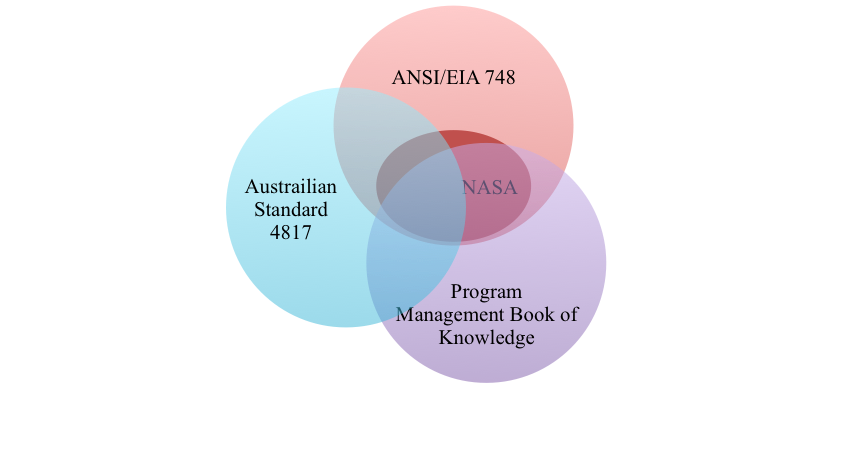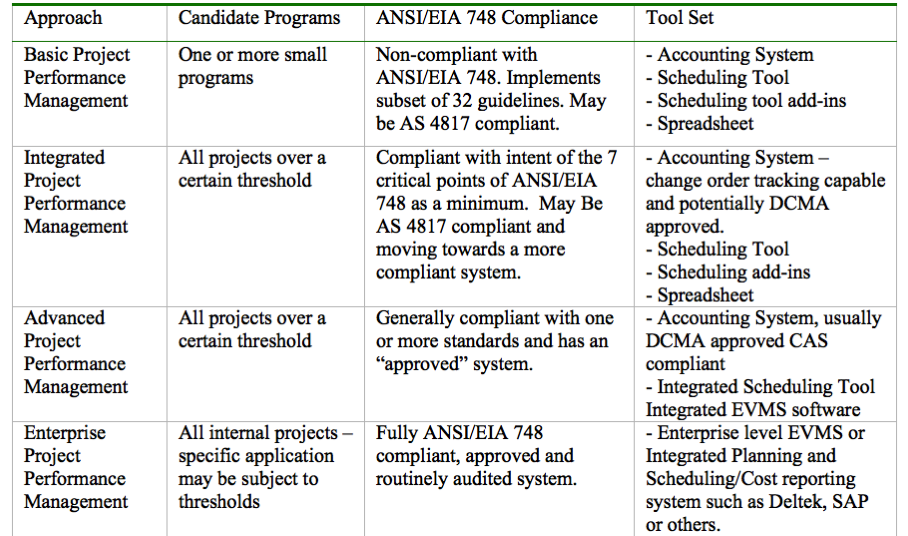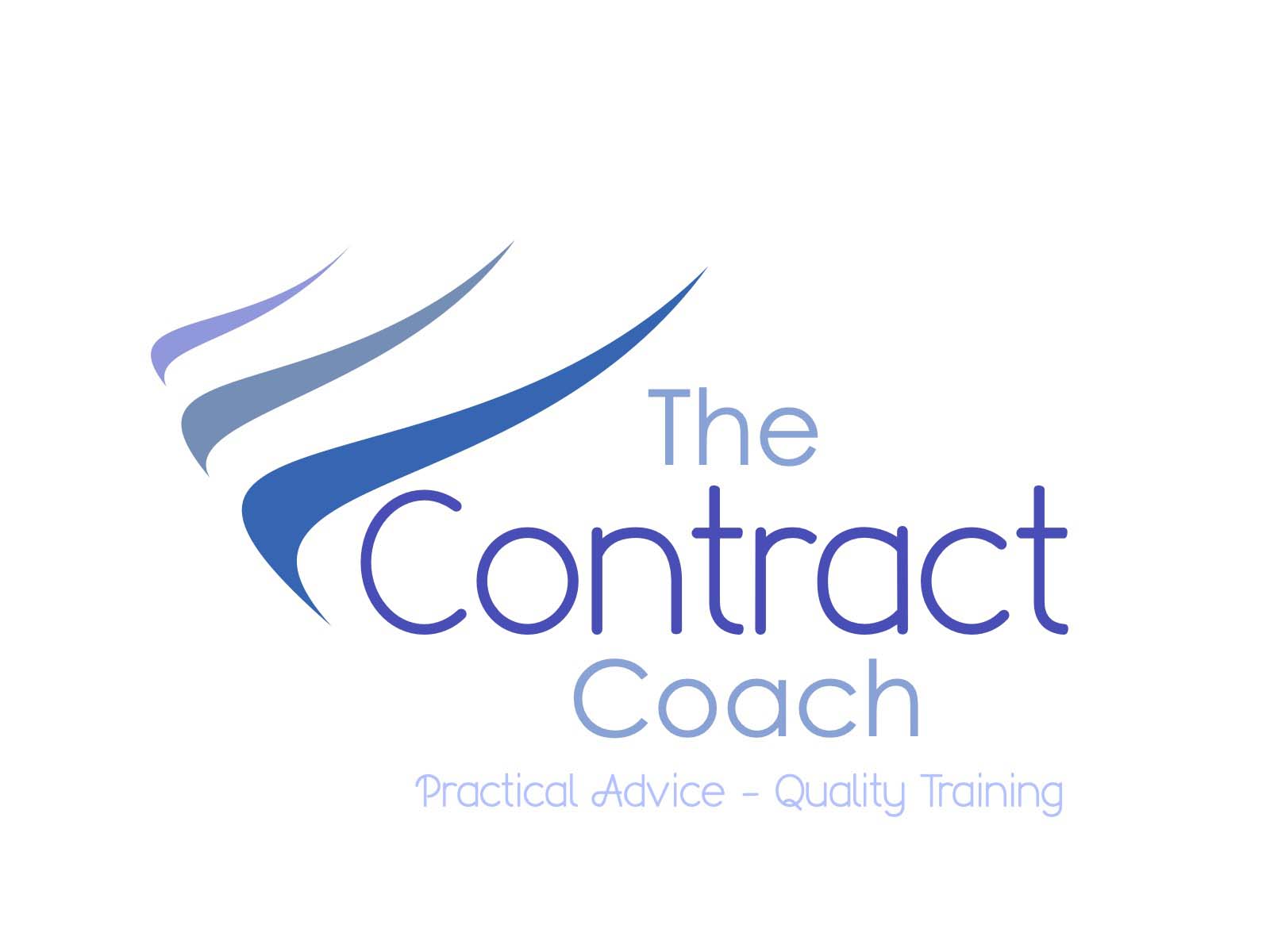Earned Value Management
Need help in implementing an Earned Value system? The Contract Coach can assist your business with selecting the correct implementation and the tools needed to perform EVM. We also can perform an audit of your system to ensure compliance and identify potential weak links.Why EVMS
Every business owner knows that their success or failure depends on how well they manage their costs in relation to their expenses. It’s common sense. As is the notion that delivering products (goods or services) to the customer in a timely manner is essential if they wish to remain in business and establish a reputation for dependability. So it is no wonder that the idea of measuring actual progress in terms of what was done, when it was completed and how much it cost versus the owner’s expectations (or better yet their plan) is fundamental to managing a business. Based on that premise a number of business systems such as EVMS have evolved to aid businesses that have grown beyond the one owner and a checkbook level of sophistication.
When is EVM a Requirement?
From a contracting perspective, there are certain thresholds at which the Federal Acquisition Regulation (FAR) and/or the Defense Federal Acquisition Regulation (DFAR) establish as being mandatory for a full or partial EVMS implementation. These thresholds are generally in the 20 Million-dollar range and address only certain types of contracts (usually Cost Reimbursement or “Incentivized” contracts) that have a period of performance in excess of one year.
Anything less than these threshold values is a judgment case depending on the degree of risk and other factors. However, this does not mean EVMS techniques are inapplicable to lesser contracts, shorter periods of performance, or fixed price efforts.
Having the correct tools and understanding the EVM principles are essential if one wants to employ an EVMS.
There is a difference between earned value and EVMS criteria. Earned value is a special metric that can be used to manage any project. The criteria are standards for management control systems that use earned value.
David S. Christensen
Which Criteria Should I Use?
The two major sources of guidance for the Earned Value system. Those are the ANSI/EIA Standard 748 and the Program Management Institute’s Program Management Book of Knowledge (and the PMI Practice Standard). The Australian Standard AS4817-2006 simplifies the ANSI/EIA and PMBOK requirements and only uses 11 of the full 32 points. Similarly, the National Aeronautics and Space Administration (NASA) and the U.S. Department of Health and Human Services (HHS) have a tiered approach whereby some programs only must comply with the 7 critical points in the ANSI/EIA specification. Which approach should you use?

Overlapping Standards
While a full EVMS implementation is certainly beneficial – and may even be contractually required for certain projects – it is not always practical or beneficial for (especially) small or very small businesses to implement. Consequently there are several less than 100 percent compliant implementation approaches. The below table summarizes the possible approaches and identifies the common tools for such an approach.

Tools
The most popular scheduling tool in use today is Microsoft Project. The Contract Coach can provide training and assistance with setting up MS Project and installing various tools and plug-ins to expand its functionality.
